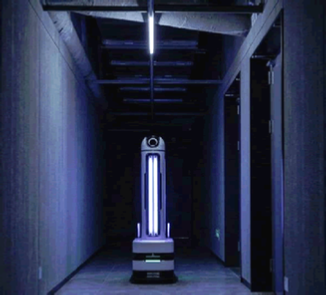

George Santayana’s famous aphorism, “Those who cannot remember the past are condemned to repeat it” seems appropriate when applied to the lack of effective action preventing continual SARS-Cov-2 transmission over the last 10 months.
It appears that the disinfection lessons painfully learned over the last 20 years of dealing with the onset – and the subsequent suppression of SARS, MERS and swine influenza – were ignored, inadvertently sidelined or co-opted by non experts. As an unfortunate result, committed stakeholders may feel like we have collectively been sent 100 years back in time, fighting the 1918 Spanish flu. Public health agencies have been left scrambling to put vague, contradictory or outright counterproductive polices and recommendations in place that government regulators have been, in one way or another, inclined to oversee as they straddled the tenuous line between applied infection control and panic avoidance.
However confusing and deafening the cacophony of proposed solutions has been, it has been notable that the UV-C industry could pivot to offer responsible solutions, be they applying UV-C conveyor belt methods to decontaminating food delivery packaging, sanitizing large swaths of multi-touch areas in food handling facilities, re configuring 254 nm lamp or UV-C LED powered equipment to extending working life/recycling of N95 masks during the initial surges – demonstrating complex surfaces can be disinfected – or installing robust HVAC air treatment in food processing factories. As we enter a second wave, the institutionalization of lock downs – go-to tool of the epidemiologists – has become less convincing to economists and begrudgingly accepted by industry as a pause button rather than a comprehensive and sustainable transmission control measure.
The UV-C industry can help. The UV industry can widen its arc of rotation and bring several tools to aid the food and beverage sector too, given that it has become further established how sensitive SARS-CoV-2 is toward ultraviolet light. Published studies and a multitude of in-house studies have reported that 1 J/cm2 can inactivate 106 TCID50 (median tissue culture infectious dose) of the virus. Hence, ultraviolet-based technologies offer a promising chemical-free approach to severing transmission vectors within multiple arenas of human congregation, including food service venues and indoor-seating restaurants. Potential applications in the restaurant and retail food sector include the introduction of in-room UV-C air disinfection that can recreate the minute pathogen loads of outdoor air, which is acknowledged to reduce the risk of acquiring the virus. Full room disinfection methods, their practical use honed over deployments in complex work environments, can be applied using affordable robots.
RUCO is dedicated to offering state of the art autonomous Robots at affordable prices.

THE UTRAVIOLET ROBOT being introduced by RUCO Inc. may look unintimidating, but don’t let that fool you. It is powerful in killing pathogens in water and air, which could have multiple uses for public safety.


